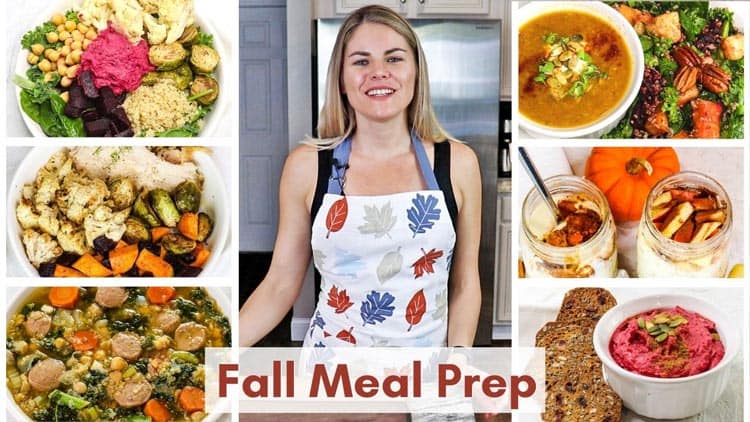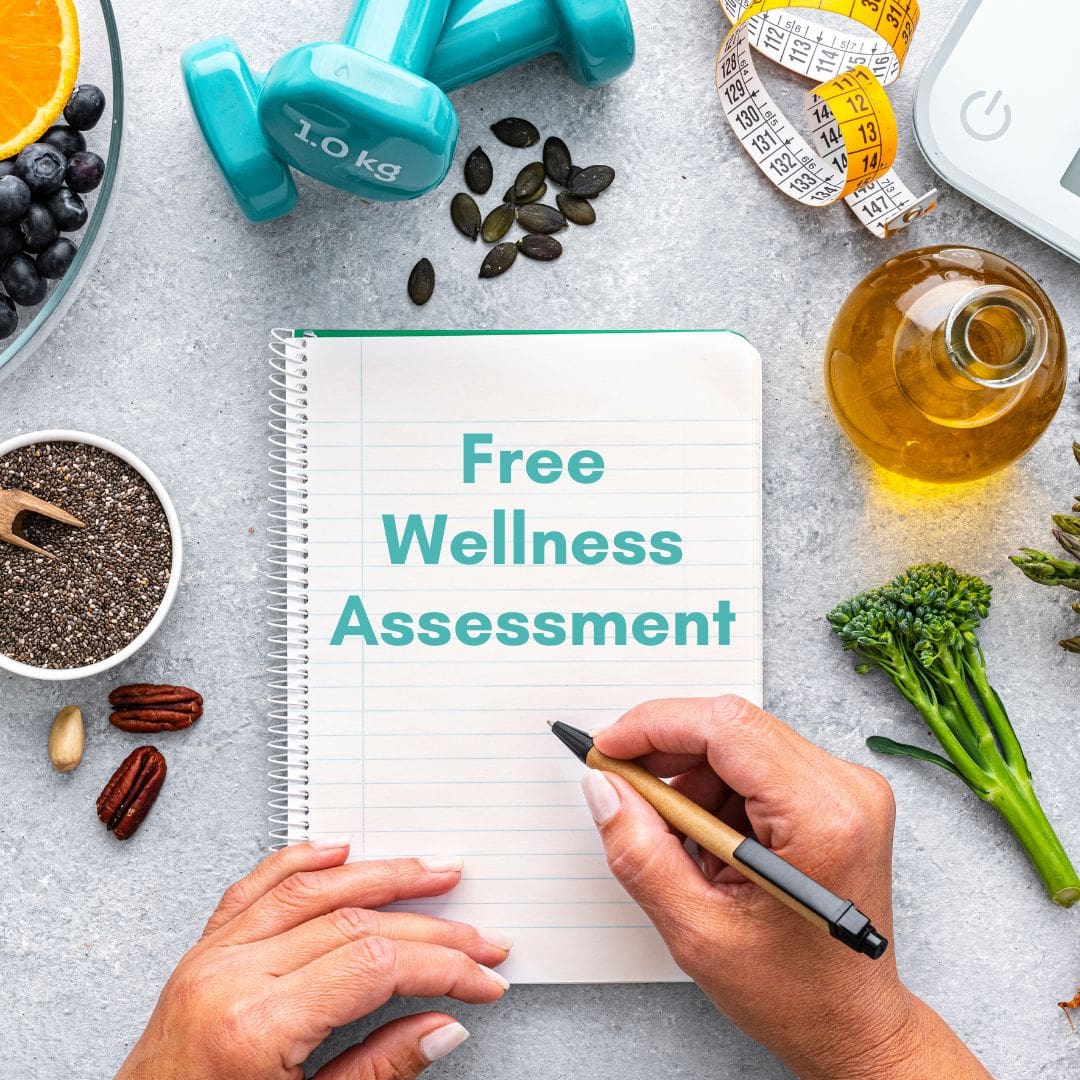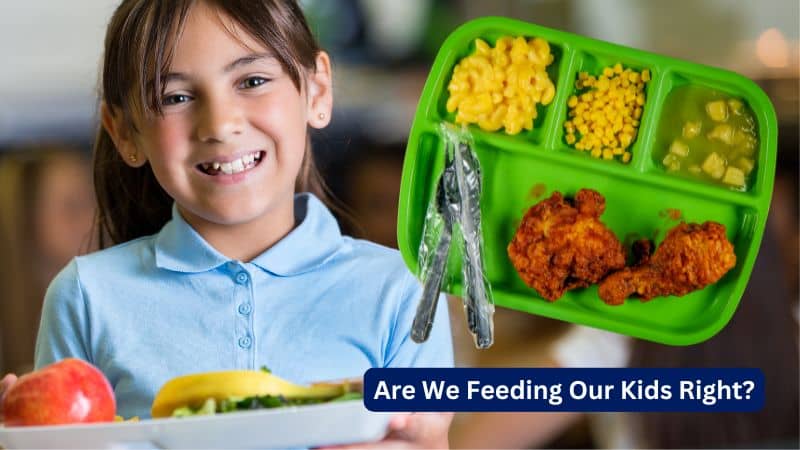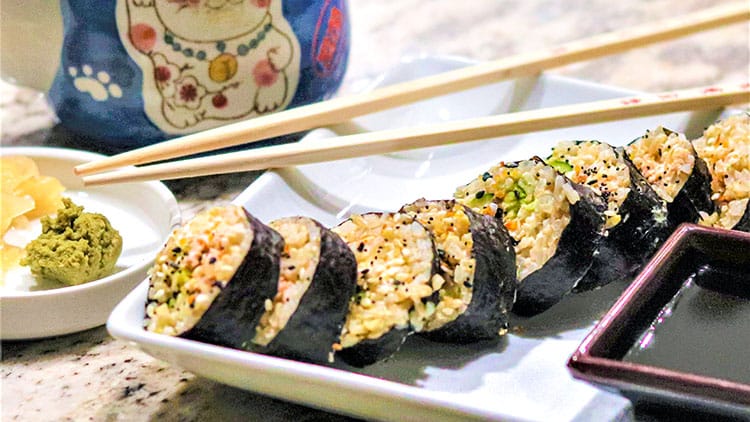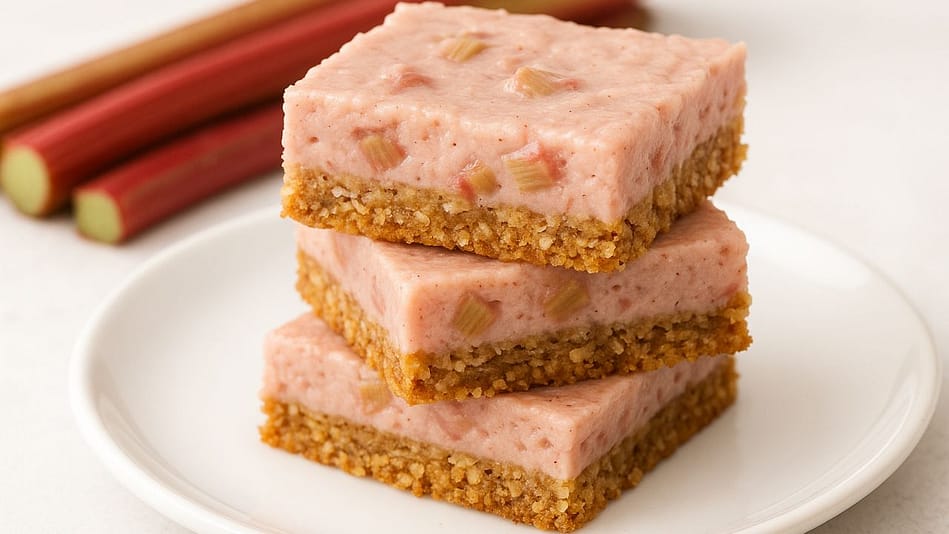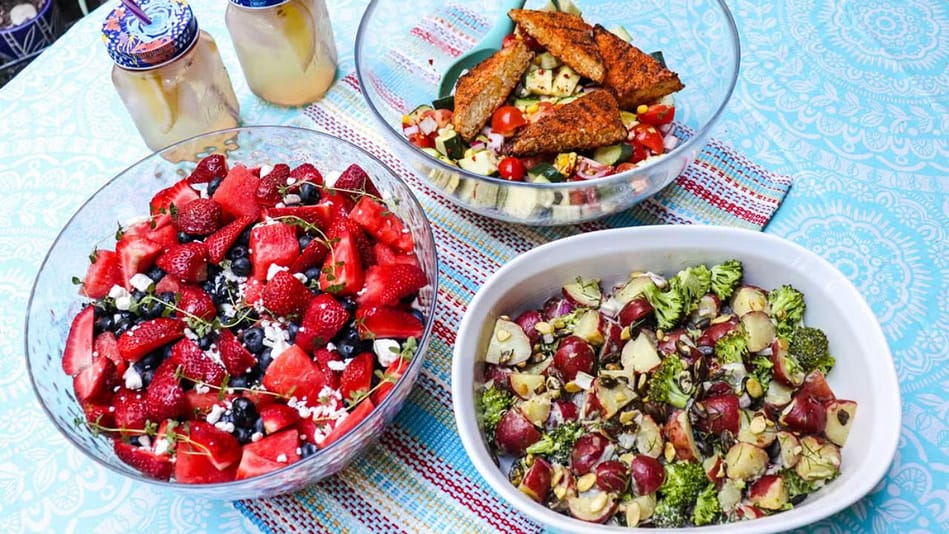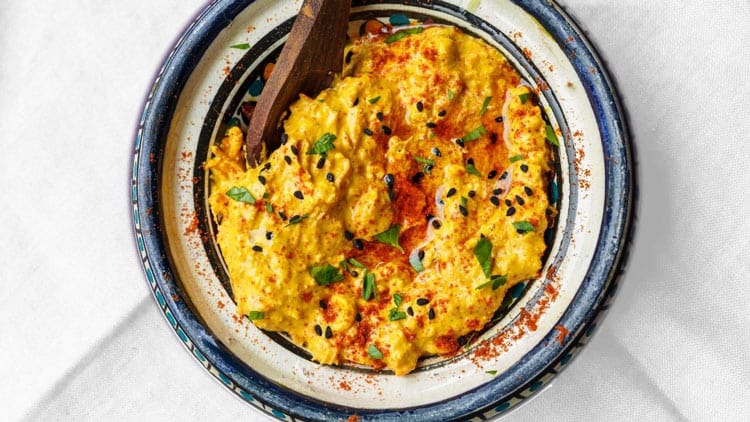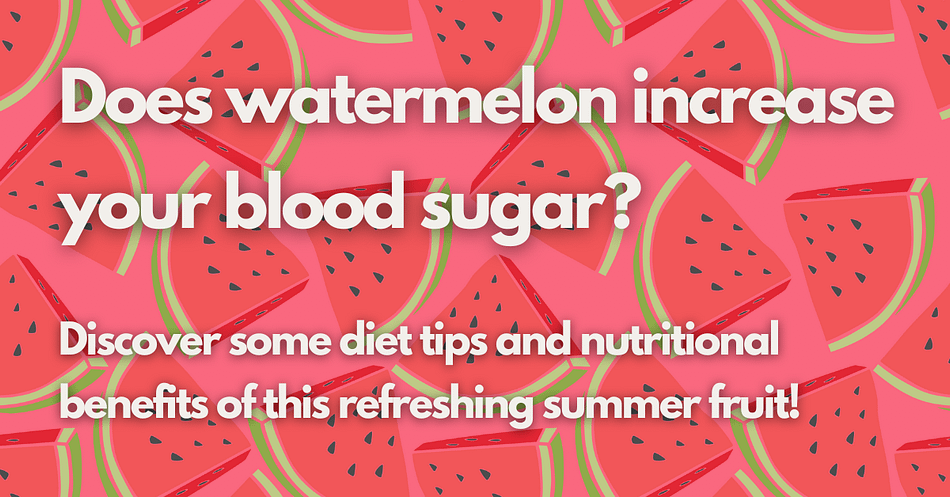Share This

Pages on this site may contain affiliate links, meaning if you book or buy something, I may earn an affiliate commission at no additional cost to you. Thank you for your support! Learn More
Also note: While I am a certified nutrition coach, I am not a medical doctor. Information here is not intended to be a replacement for the advice you should seek from your doctor.
Mindfulness is something that I started practicing over a year ago. My predisposition to anxiety inspired me to learn how to be mindful but with this mindfulness practice I have also gained many additional benefits. Being mindful helps me chill out and be in the present. It also is extremely useful as a tool to regulate the amount of food you consume, notice how you feel when you eat certain foods, and discover what foods make you feel your best!
When you are good at eating mindfully (otherwise known as “intuitive eating”), you never have to diet!
In this post, I will talk about what mindfulness is and then I’ll link it to appetite regulation and how we can practice it. I will review what mindfulness means, how is practiced, and how it can help you make healthier choices.
What does mindfulness mean?
Mindfulness is a mental state achieved by focusing one’s awareness on the present moment, while calmly acknowledging and accepting one’s feelings, thoughts, and bodily sensations.
There are a couple of different ways you can practice this:
- Observing what’s going on in your mind like a third party, without getting attached to the thoughts and emotions. This is one way to handle your emotions before you simply react to them. Observing your present emotions can help you figure out why you are anxious, and how to react appropriately.
- Getting “out of your head”, by being present. You may accomplish this by putting your awareness on your senses such as:
- noticing how the ground feels beneath you or the air around you
- sounds near and far
- tastes in your mouth
- details you see that you normally may not notice around you, etc.
How is mindfulness practiced?
There are several ways it can be practiced.
Here are some examples: Seated, walking, standing, lying, and moving meditation
You can do a seated meditation or yoga, which are probably the most involved practices.
Sometimes, just having a queue to pause throughout your busy day and just live in the moment for 5min, is enough. Meditation practice can be merged with other activities, such as yoga or sports.
Mindfulness can also play into sports. For example, if you are a soccer player, and you are able to get yourself out of your head and into the game fully, into the flow, that’s also mindfulness.
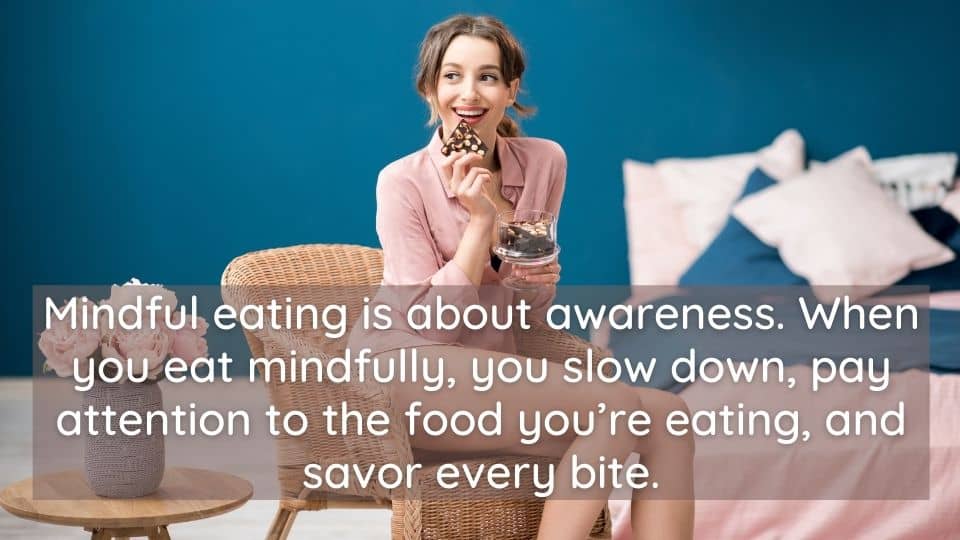

How mindfulness helps you make healthy choices
The pause and awareness you have of your thoughts and bodily sensations can help you make healthier choices.
Sometimes, I meditate to get out of my head. This can help with any level of anxiety, or if you are having panic attacks. It can also help with depression and some other overwhelming feelings that you might have.
Mindfulness can also help in the way in which you react to a stimulus. Instead of immediately lashing out at your partner when you think they said something wrong, try to pause and realize what upset you and take the time to think and separate from the emotion. That way you can calmly and mindfully choose how to react.
Mindfulness practice helps you regulate your appetite by paying attention to your body and the emotions you associate with food or cause you to eat food, like stress, boredom, or sadness.
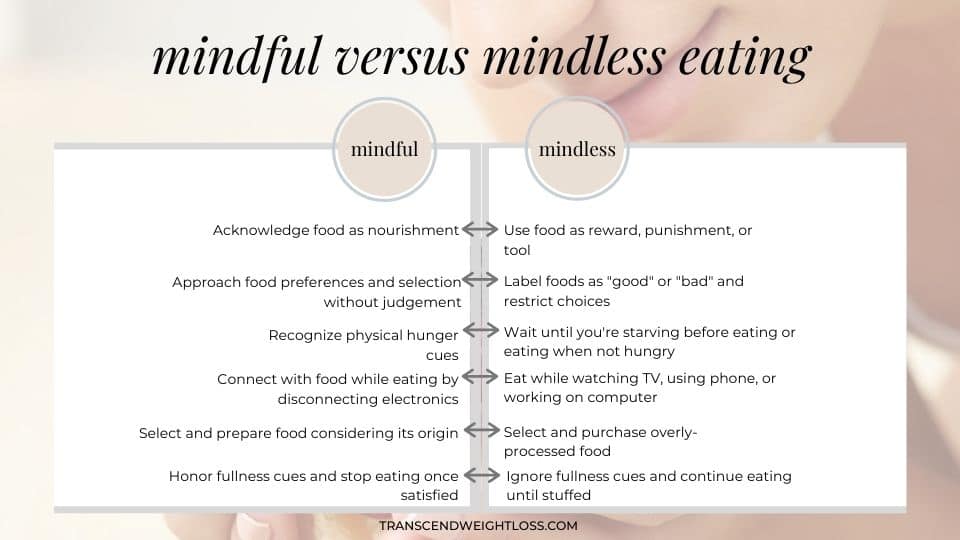

❤️❤️ Don’t miss a recipe or post! Make sure you remember to sign up for my Newsletter and follow me on social ❤️❤️!
Get Your Free Stuff!
Appetite Regulation
Mindful eating is about awareness. When you eat mindfully, you slow down, pay attention to the food you’re eating, and savor every bite.
Being mindful is a great way to slow down and pause to check in with yourself.
The following are things to consider:
- Am I choosing food for nourishment or for pleasure?
Ask yourself if the food you are choosing is good for you or if it is just very tasty? That is mindfulness because you are not just mindlessly putting food in your mouth.
- How hungry am I really right now?
Try rating it on a scale of 1-10. This is a fun practice to do. I like to try to wait until I’m a 6 or 7 hungry, and I wouldn’t suggest waiting until 10, because then it is so much easier to reach for convenient foods that are often dense in calories.
- Eliminating distractions while you eat
Avoid eating in front of the TV or work, when you are not really paying attention to what and how much you are eating.
- Timing your eating to be close to 20 minutes
It takes around 20min for all your hormones to give a signal to your brain that you are full.
- Try to slow down. Don’t rush while eating!
A good tip for that is to put down the fork between the bites while chewing. I try to savor every bite and to eat slow, so the experience lasts longer. Especially if you love food like I do!
- Paying attention to your fullness cues, which you can also rate on a scale of 1 to 10.
If you are trying to lose weight, you should probably stick to 5-6 (satisfied, but not full). 7-8 -I am full, 9-10- Bring on the stretchy pants!
The Hunger Game Worksheet
This worksheet helps you get in the habit of finding and tuning into hunger and fullness cues. Through this exercise you develop the ability to:
- Understand real (physical) hunger cues
- Eat only when you are truly hungry
- Stop eating when you’re 80 percent full
- Notice your thoughts and emotions around eating times
- Distinguish “need to eat” from “want to eat” or “should eat”
To download this worksheet, click here!



